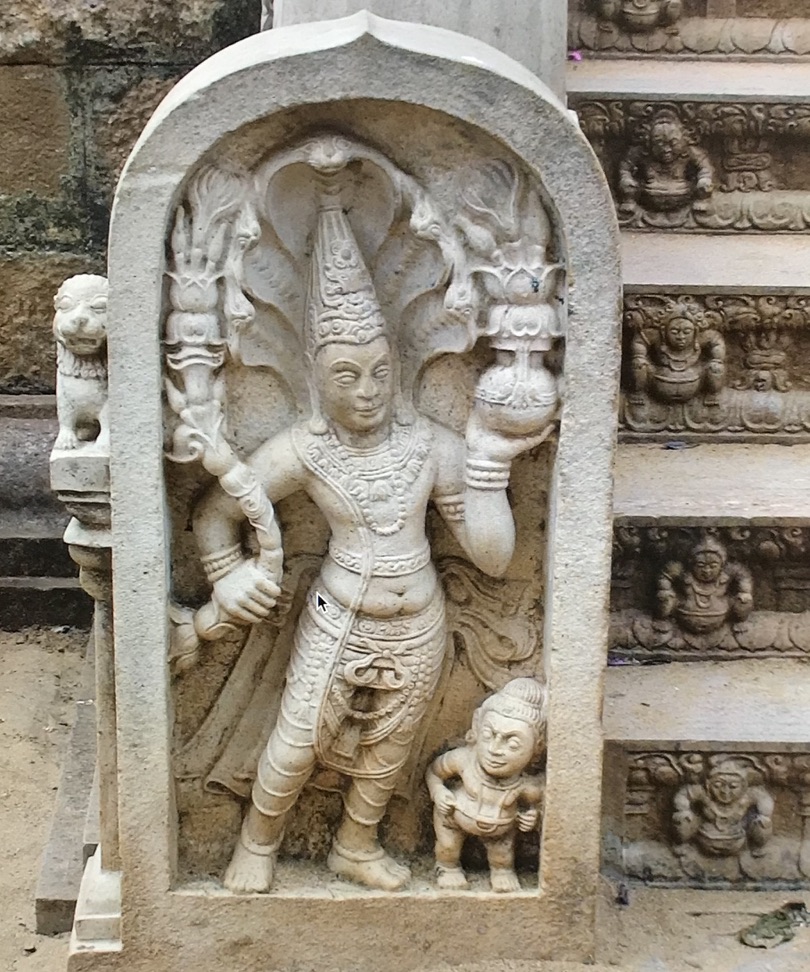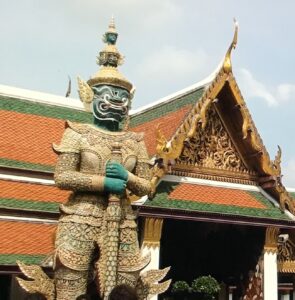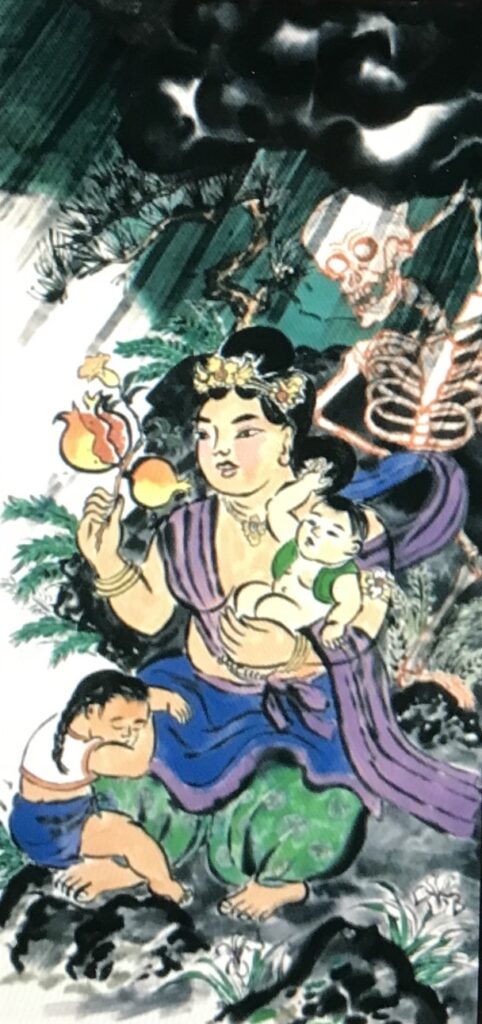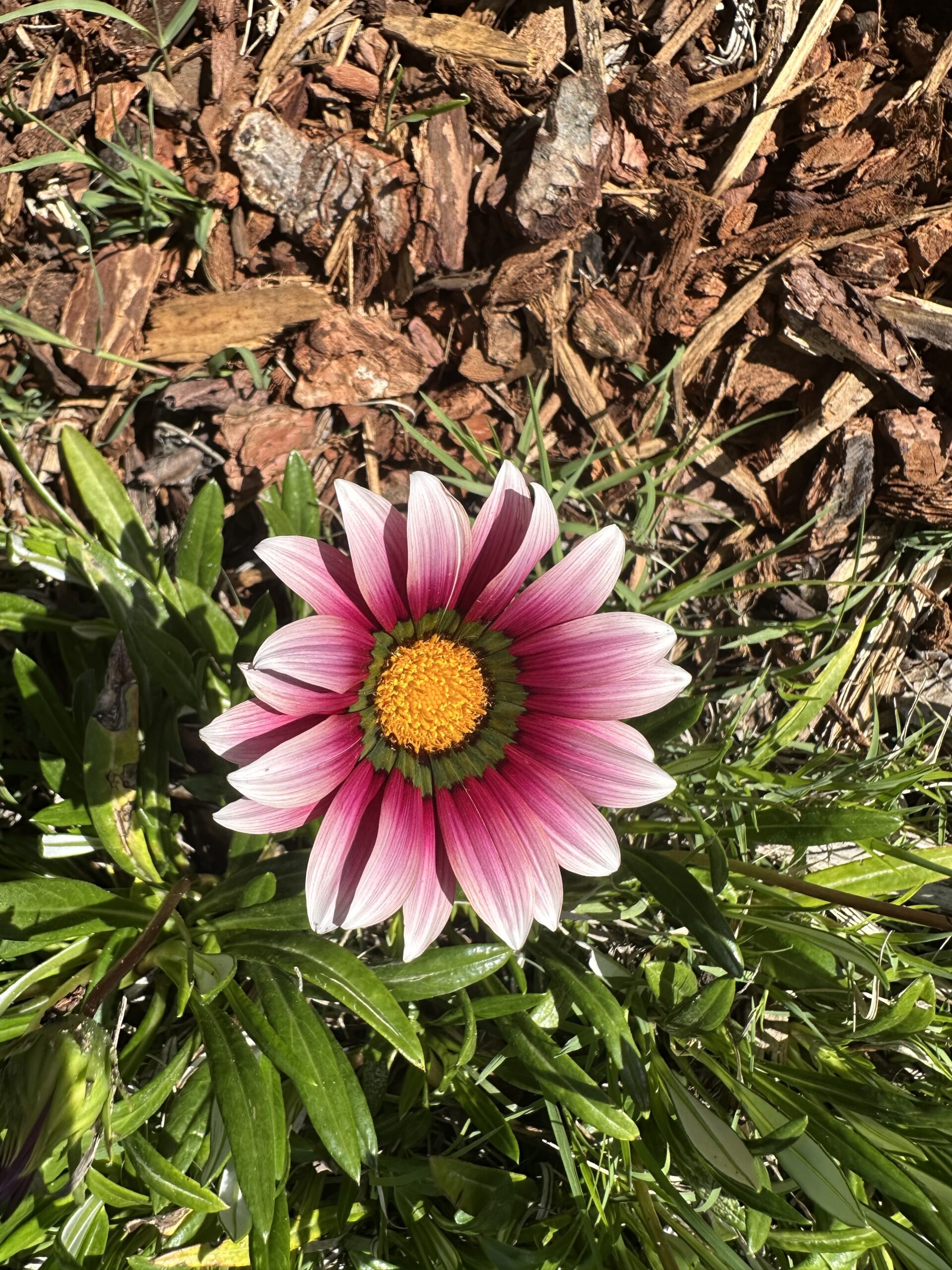
We held a debate based on the Seven-Dharma System developed by our Buddha Master to learn dharma. We covered a range of questions–some, the students asking questions admitted they did not know the answer to, and some they did. A lot of questions were asked about what the Mountain deities and yakshas and Hariti were, are they subject to reincarnation, and how do they or can they learn the dharma? There were also questions about what the gods and we humans can do to help those in the lower realms. and how we should behave concerning beings in other realms.

YAKSHAS & HARITI: Wikipedia defines yakshas as a broad class of usually benevolent nature-spirits, that can be mischievous or capricious and are connected to water, fertility, trees, treasure, and wilderness. They are found in Hindu, Jain, and Buddhist texts and appear differently in different cultures. When Gesang, Uma, and I went to Sri Lanka in 2015, we found many carvings of them. We were told that Shakyamuni Buddha had gone to Sri Lanka several times, but to preach to the yakshas, not the humans living there at the time. Their ruler is considered to be Vaishravana, the green Heavenly King of the North, who sometimes is also called Kubera, the God of Wealth. Vaishravana sometimes holds a gold spitting mongoose. They sound similar to the Western Kokopelli, the rascally hump-backed flute player of Native American fame, or even the Irish Leprechaun and his pot-of-gold.

Hariti is an ancient ogress or demon who had hundreds of children whom she fed by feeding them kidnapped children. She repented after Shakyamuni Buddha stole one of her children and made her see how humans felt when she stole their children. She repented and became the guardian of children, easy child birth, happy child rearing and parenting, and the overall harmony and safety of the family. In this painting she is holding pomeganates, which are what she fed her children after she no longer fed them human flesh. She is also often shown with a cornucopia.
Another student asked if animals could cultivate themselves? Several answers were given including recommending reading The Jakarta Tales, a delightful collection of stories about some of Shakyamuni Buddhas’s lives as various animals. Another student told of the Liberation of the Animals ceremony we did in Hong kong where the animals took refuge, received a sprinkling of holy water, and a Vajra-Bodhi Pill to increase their affinity for the dharma. CLICK for more on this.
MORE QUESTIONS: There were three questions from the 128 Views we did not have time for last Sunday that I would like for you to consider:
- What is the problem with not believing the six realms exist?
- Is it possible to create a Human Pure Land on this earth? Explain why or why not.
- Should we do nothing to improve the plight of humans in this realm?
CLICK to register for next week’s class when we will reflect on what we learned from the debate and tell the group what we will each do to implement the teachings. If time permits, we will also begin another class in the series on “Two Erroneous Views on the Five Vidyas.”





Add comment